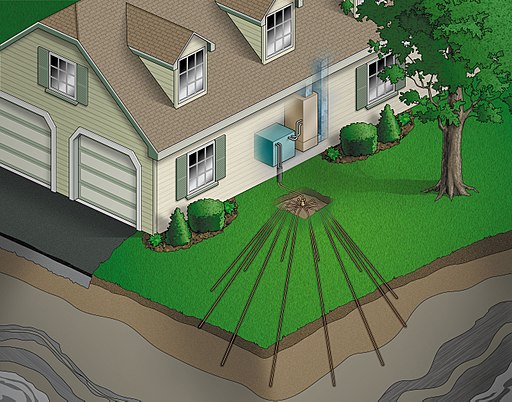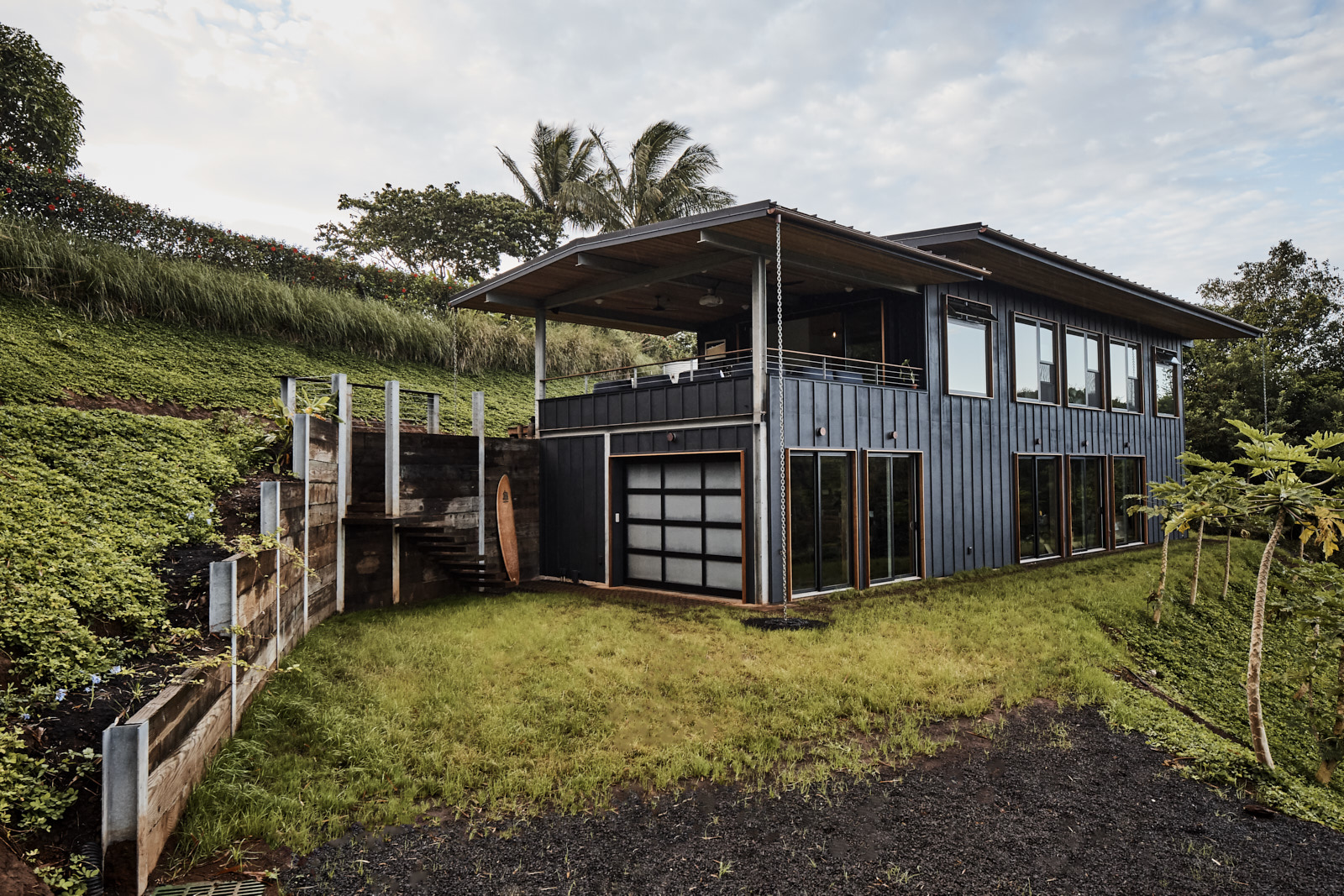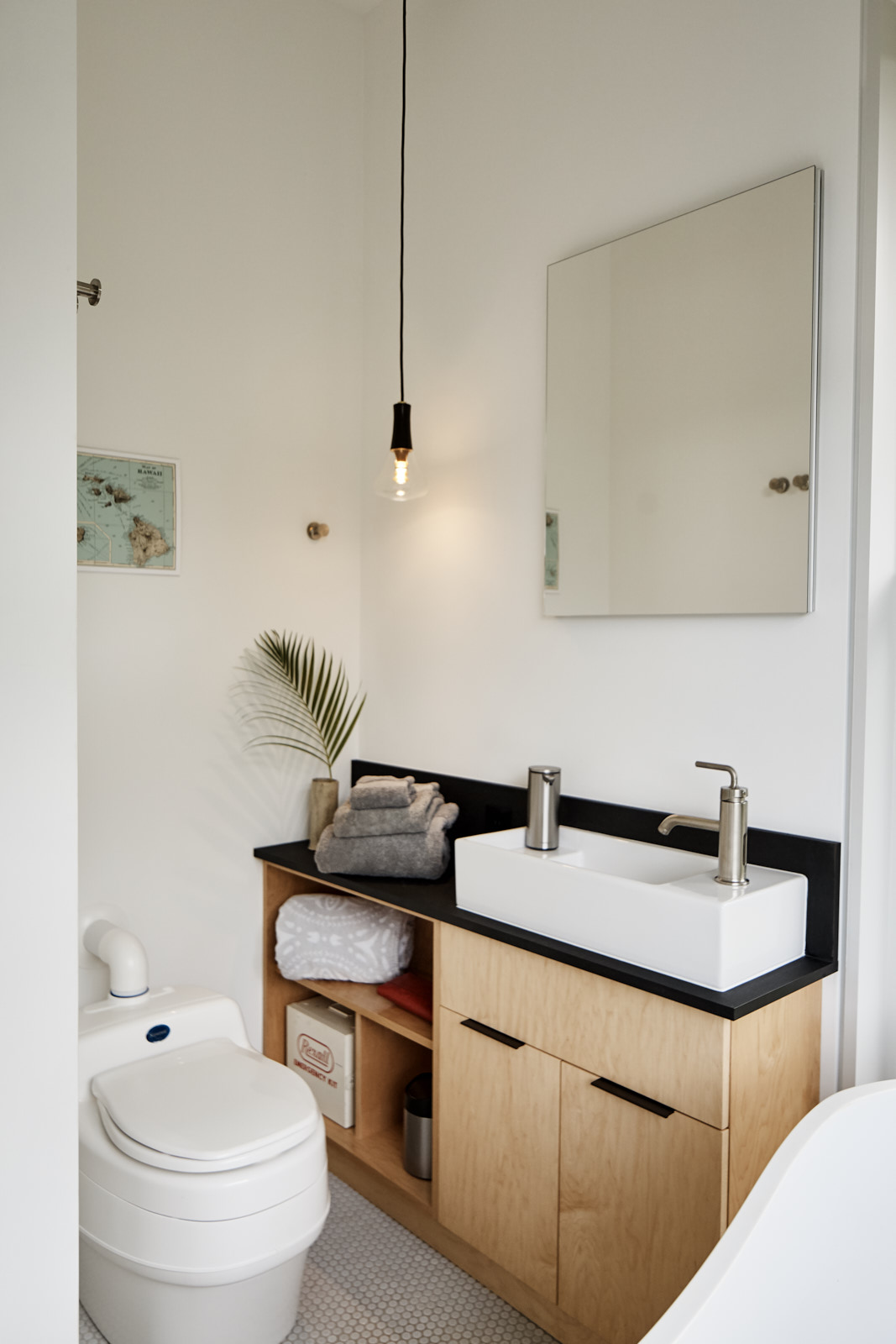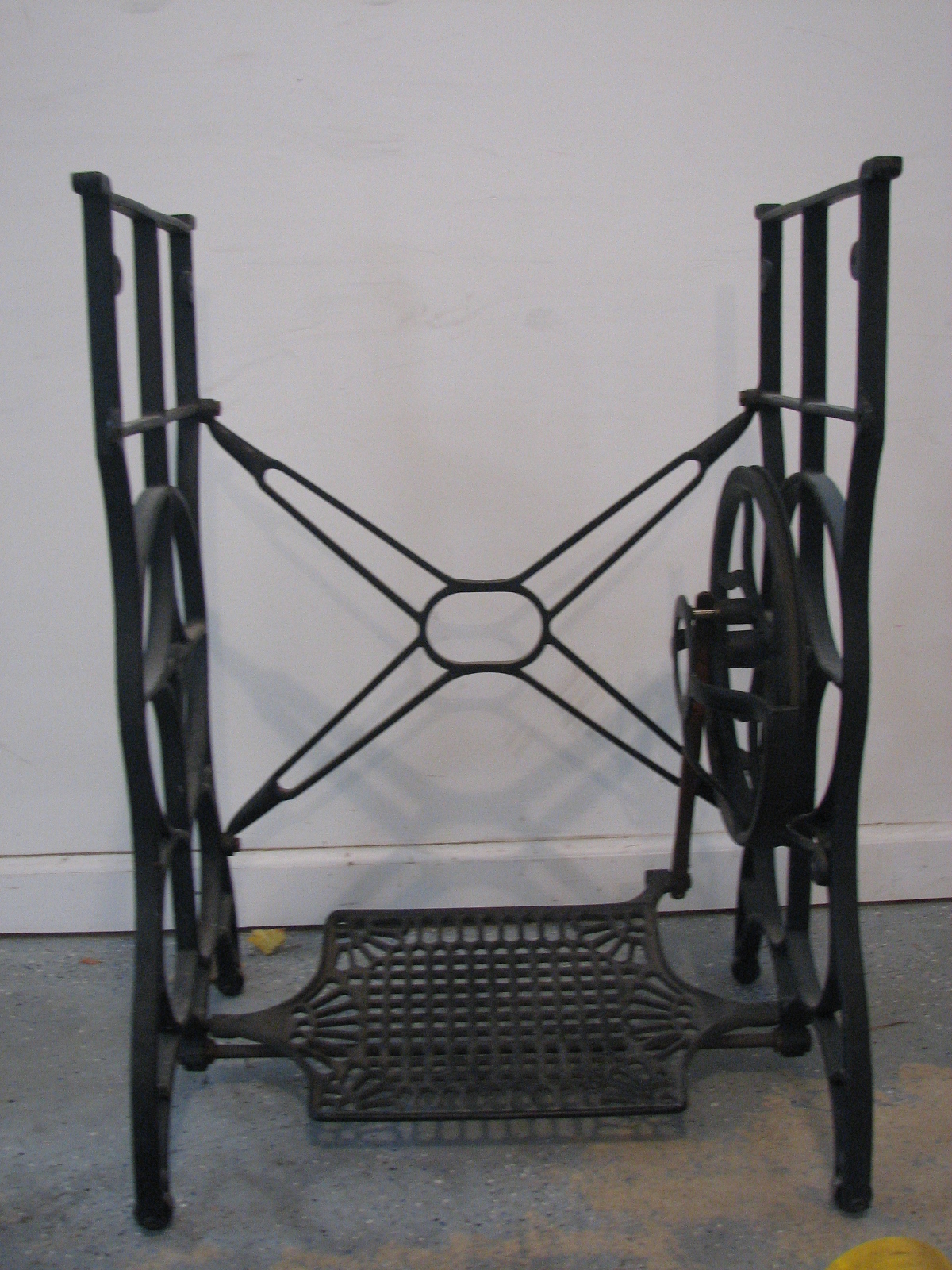
My repair kit from iFixit
[This is Part 1 of a series about solarpunk phones. Here’s a link to Part 2: Decentralize, Part 3: Design, and Part 4: Magic.]
Smartphones are a major source of e-waste when disposed, and they have been one of the worst offenders when it comes to planned obsolescence, particularly after the introduction of the iPhone in 2007 propelled the smartphone to widespread popularity. It seems that we may be entering a new phase of ennui in regards to new phone features, however, with 11 million iPhone users opting for battery replacements instead of new phones in 2018. Is it finally time for the Fixer Movement to takeover cellphones?
Why repair?

Photo by Felix Mittermeier on Pexels.com
I grew up in a fixer household. My dad is a biomed tech who fixes the medical equipment at a hospital, and my mom has furniture repair and sewing skills. Up until recently, all of our cars were bought as salvage and a lot of the furniture and home electronics came to us in various states of disrepair. This was just how we did things because we could fix things and didn’t see the point in paying full price if we could get it a lot cheaper because of a minor problem.
When you start looking at the exploitation taking place both in the raw materials needed for smartphones as well as in their disposal, it quickly becomes clear that the true cost of electronics is not being taken into account when you can buy a cell phone for $25. The hidden costs of goods, or externalities as economists would say, are one of the main arguments for a carbon tax, as well as many other measures industry would call “over-regulation.”
Between the environmental, moral, and economic downsides of not repairing a mobile device, keeping the phone you have for as long as possible starts to look a lot more palatable. This is especially true as the most important functions of the smartphone have reached a point of technological maturity.
This week I’m embarking on my fourth smartphone repair. All of these have been screen replacements, as it is easily the most fragile part of the phone. Of the three phones I’ve repaired, I only had one where I successfully replaced just the glass and was able to reuse the screen underneath. Some of that might be my relative inexperience, and some of that is because the phones aren’t designed to be repaired. If you are planning on repair a phone, I would suggest checking out iFixit as they have a lot of different parts available as well as the most extensive repair database around. Youtube also has a lot of repair videos for things that aren’t in iFixit yet.
If you aren’t comfortable doing a repair yourself, there are a lot of smartphone repair places that have popped up around the country in response to the commonality of shattered screens. In some locales, there may still be repair shops for other goods as well, particularly sewing machines, vacuums, and shoes.
Many towns have Repair Cafes or Fix It Clinics that are run by volunteers on a varying basis. Boulder, CO has a very active repair community, and there is a periodic Repair Cafe run by the Time Bank here in Charlottesville, VA.
The future

“Project Ara Spiral 2 Prototype” by pestoverde is licensed under CC BY 2.0
While many current smartphones require a lot of time and “the knack” to repair, there is some hope that this won’t always be the case. The easiest way to make sure that smartphones are easy to repair is to design them that way to begin with.
One area where there has been a lot of interest, but not a lot of development is in the modular smartphone space. Google’s Project Ara, the Phonebloks project, and many others have shown concepts of LEGO-like modular phones with parts that the end user can swap out to customize or repair their phone. The only true contender in this space is the Fairphone. Designed with repairability and transparency in mind, the Fairphone was designed to do for electronics what Fair Trade has done for food and clothing. By evaluating every part of their supply chain and making the phone easily repairable by the end user with modular components, the Fairphone is the most ethically-sourced and repairable mobile device on the planet.
While the Fairphone is an impressive achievement, the fact that it is the only phone built to what should be basic-human-decency standards is telling of the state of the mobile device industry. As smartphones peak and differentiation wanes between vendors, hopefully we’ll see an emergence of a modular standard with many vendors making parts that are interoperable on a similar mobile platform. This was the original vision of Project Ara before its cancellation in 2016. The only ecosystems that approach this ideal in my mind are the desktop PC market and Raspberry Pi.

The Runcible with its wooden back removed (from their Indiegogo campaign page)
One other interesting, but also unreleased, concept of a repairable phone was Runcible. Envisioned as an anti-smartphone, Runcible was designed to be a repairable, digital heirloom that would be a piece of tech you would want to grow old with. While its Indiegogo campaign was successful, as with many crowdfunded projects, the creators have gone dark without any backers getting their hardware. Some people might cry foul, but I think the problem with crowdfunded hardware is that making hardware devices is a lot harder than it looks.
In any case, I think that electronic devices built for a solarpunk future will need to be modular, repairable, and ethically-sourced as a first step. This is the first post in a series prompted by Solarpunk Druid’s “The Solarpunk Phone,” so I will be linking subsequent parts as they’re added.
Do you have any thoughts on what’s important for solarpunk electronics? Are there any features that current phones don’t have that would make your life easier? Let us know below!














 LifeEdited Maui
LifeEdited Maui



